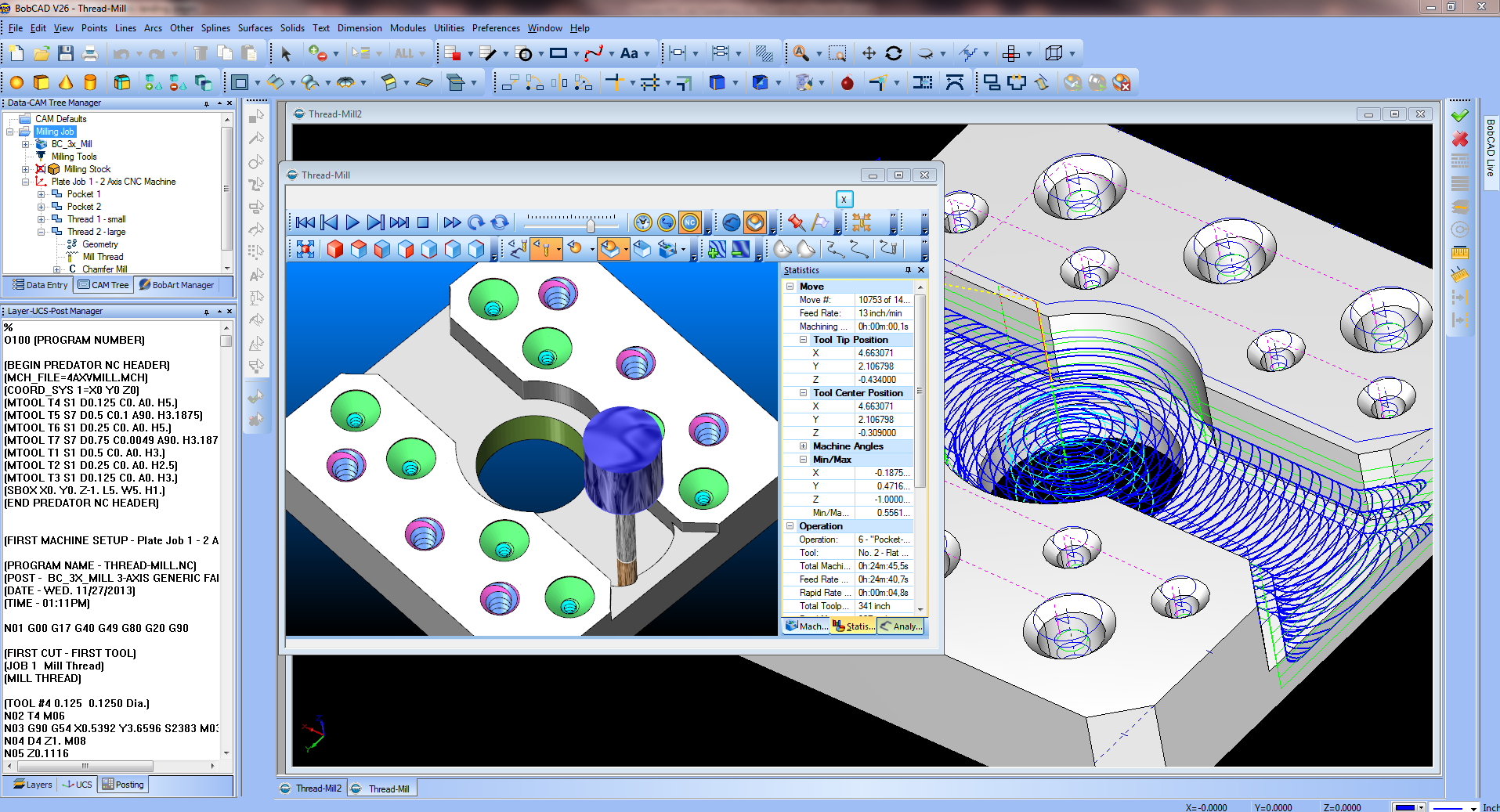- High quality
- Lower cost
Includes:
- robotics
- automation
- digital communications
- apps and software advances
Computer Aided Design (CAD)
The use of computers to improve the design of products. CAD is frequently combined with CAM to provide a business with optimal efficiency.

Computer Aided Manufacturing (CAM)
Typically, using robotics or some form of automation, CAM utilizes computer systems to control parts of or all of the manufacturing process.

Electronic Point of Sale (EPOS)
A full till system, potentially including features such as stock control and signalling to employees to inform them of whats they need to be doing. It includes basic functionality such as products, pricing and monetary calculations.

Benefits of technology
- Testing can be performed without wasting a physical product. thanks to simulations.
- Efficiency can be improved.
- Faster iteration.
- Improvements can be suggested automatically.
- Inefficiencies can be ironed out quickly.
- Manufacturing can be sped up.
- Manufacturing can continue 24/7.
Drawbacks
- Technology can require high upfront investment.
- Requires skill to use.
- Requires maintaining by someone with equipment and training.
- Dependent on electricity and internet connectivity.
- Can be too rigid for certain systems—meaning that if a business adds a new product with lots of customisations, it may not be reflected properly on their till.
- Technology moves quickly, may only last several years before replacements are needed.